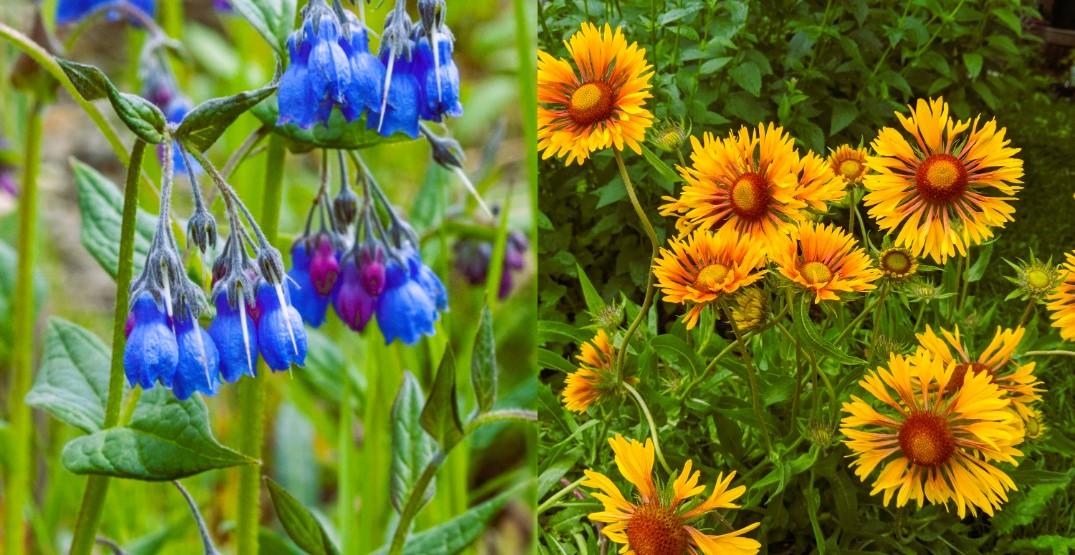In recent years, there has been a growing interest in incorporating native plants into Canadian gardens. Native plants are species that occur naturally in a particular region, having evolved and adapted to local climate conditions, soil types, and wildlife interactions over thousands of years. By choosing native plants for your garden, you can enhance biodiversity, support local ecosystems, and promote sustainability. In this article, we will explore the benefits of using native plants in Canadian gardens and provide insights into selecting and cultivating them.
- Understanding the Importance of Native Plants
Native plants play a vital role in supporting local ecosystems. They provide food and shelter for native wildlife, including insects, birds, and small mammals. Native plants have co-evolved with local wildlife, creating intricate relationships that contribute to the overall health and balance of the ecosystem. By incorporating native plants into your garden, you create a habitat that supports a diverse range of species, from pollinators to birds and beneficial insects.
- Enhancing Biodiversity
One of the primary benefits of using native plants is their ability to enhance biodiversity. By planting a variety of native species, you create a rich and diverse habitat that attracts a wide range of wildlife. Native plants provide nectar, pollen, seeds, and berries that serve as essential food sources for insects, birds, and other animals. The presence of diverse plant species also fosters a greater variety of beneficial insects, which help control pest populations naturally.

- Adapting to Local Conditions
Native plants have adapted to local climate conditions and soil types, making them well-suited to thrive in their specific regions. They are naturally acclimated to temperature extremes, precipitation patterns, and other environmental factors. This adaptability reduces the need for excessive watering, fertilizers, and pesticides, promoting a more sustainable and environmentally friendly garden.
- Conserving Water Resources
Water conservation is a critical consideration for Canadian gardeners, particularly in regions prone to drought or water scarcity. Native plants have developed deep root systems that enable them to access water efficiently, reducing the need for excessive irrigation. Once established, many native plants require minimal supplemental watering, making them ideal for water-wise gardening practices.
- Low Maintenance and Longevity
Native plants are generally low-maintenance and long-lived, requiring less attention and resources compared to non-native ornamental plants. Once established, native plants have greater resistance to pests, diseases, and extreme weather conditions. They often require less pruning, fertilization, and replanting, saving you time and effort in maintaining your garden. Creating a Year-Round Garden: Tips for Four-Season Planting in Canada.
- Selecting Native Plants for Your Garden
When selecting native plants for your garden, consider factors such as your region’s hardiness zone, soil type, sun exposure, and moisture levels. Research local native plant nurseries or consult gardening resources specific to your region for guidance. Choose a mix of species that bloom at different times throughout the year to provide continuous nectar sources for pollinators.
- Creating a Wildlife-Friendly Garden
Design your garden with wildlife in mind by incorporating elements that attract and support native wildlife. Include a variety of plant heights and structures, such as trees, shrubs, wildflowers, and grasses, to provide diverse habitats and nesting opportunities. Add bird feeders, birdbaths, and butterfly-friendly plants to attract and support these important pollinators and wildlife species.

- Maintenance and Care Tips
Though native plants require less maintenance, they still benefit from occasional care and attention. Monitor for any signs of pest or disease infestation and address issues promptly using environmentally friendly methods. Remove invasive non-native plants that may outcompete native species. Regularly weed your garden to prevent competition for resources.
Conclusion
Incorporating native plants into Canadian gardens is a powerful way to enhance biodiversity, support local ecosystems, and promote sustainability. By choosing plants that are naturally adapted to the local climate, you create a beautiful and resilient garden that provides habitat for wildlife and contributes to the overall health of the environment. Embrace the unique beauty and ecological value of native plants, and enjoy the rewards of a vibrant and sustainable garden that reflects the natural diversity of Canada’s ecosystems.

